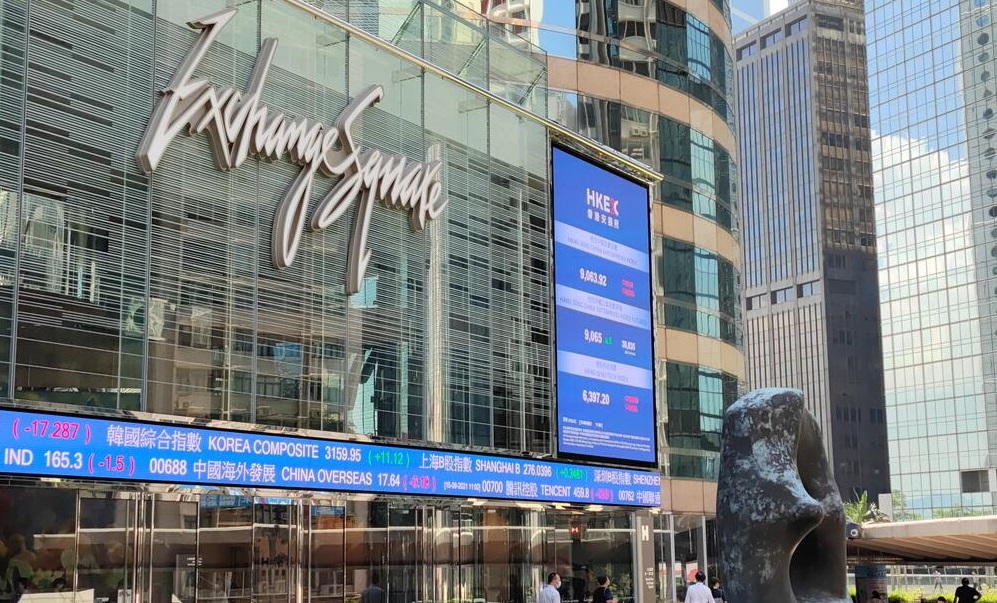Sailing through the bumpy road as major central banks reverse their easy monetary policies
The spread of coronavirus, surging inflation, monetary and fiscal policy tightening, rising interest rates, uneven economic recovery, and monetary policy diversion could make 2022 a challenging year for fixed-income investors. As we enter a period where economic growth is expected to be moderate and risks are likely to be plentiful, finding good returns among the fixed income space would be an uphill task. Investors may have to ride through various headwinds across countries, sectors, and securities to generate alpha in this kind of environment. Hence, cherry-picking is going to be the key. We discuss below some of the themes affecting the markets and opportunities in the fixed income market.
Fed monetary policy normalization and flatter yield curves ahead
The economies expanded at a much faster rate in 2021 as the vaccine-led reopening of the economies boosted demand. According to the IMF’s October 2021 World Economic Outlook (WEO) report, the global recovery continues with growth expected to be 4.9% in 2022, a full percentage point lower than 5.9% estimated for 2021, but above the long-term trend. The growth is likely to start decelerating in 2H22 and 2023.

While the recent spread of coronavirus (Omicron) and related studies indicates the world is drifting towards endemic, the risk related to the spread of the virus remains. Nevertheless, central banks and not coronavirus are likely to drive the markets in 2022. The stubbornly high inflation has forced most central banks to pivot towards tighter monetary policy. In addition, the pandemic had a varying effect on the economies and hence the policy pivot is not uniform. For example, the Federal Reserve in the US has accelerated the tapering of QE and is now embarking on a rate hike cycle with a first-rate hike as soon as March 2022. However, central banks of several emerging markets like Brazil, Russia, Mexico, Chile, Colombia, South Africa, etc. have already increased rates in 2021 to tame inflation. On the other hand, the major central banks such as the European Central Bank (ECB) and Bank of Japan (BoJ) seem far from the tightening trend amid low inflation. Financial markets are also fixated on how much the governments are going to shrink their budgets since the belt-tightening is underway in various economies at different speeds. As we enter a world of policy tightening (and diversion too) global growth is likely to slow down and recovery is going to be uneven (depending on the governments and central banks’ ability to support growth). The rising short-term interest rate (as the central bank raises policy rates) along with slow but moderate growth provides a recipe for the flattening of yield curves and signals risk for fixed income investors. Below are some of the areas the fixed income investors could focus on this year.

Credit strategies for 2022
Macroeconomic development largely drives the fixed income market. With inflation being the key risk ahead, investors should pay attention to the macro events, especially the Fed’s policy action given its pronounced implications across the asset classes. The macro outlook blended with the trend in the currencies and commodities could help investors position well for the challenging time ahead. For example, a stronger US dollar in the wake of the Fed’s hawkish stance is expected to hurt EUR, JPY, and several EM currencies, however, export-oriented economies and corporates could benefit out of it. Hence, not all the headwinds are going to affect the risk assets equally, therefore investors should adopt a Top-Down approach and differentiate countries and sectors that could benefit from the above-mentioned scenario. For example, local-currency emerging-market debt (EMD) is expected to underperform over the next few months; however, it could be a better choice in the later part of 2022 when the EM hiking cycle peaks. At the current juncture, hard currency EMD—sovereign and corporate bonds seem more appealing.
Historical data indicates that the high-yield investors’ gains in the rising interest rate environment. The US high yield generated strong returns whenever monetary policy tightened since 1994 (except during the 1999-2001 period). This time a large chunk of the high yield names falls on the BB rating bucket reflecting strong balance sheets versus in the past few years. Most of the world’s companies are in the recovery or expansion phases of the credit cycle and hence the default risk has diminished. In such an environment, carry trade makes more sense as higher coupon bonds tend to do well.

Investors should focus on the instruments that benefit from higher inflation as the scenario is more prominent now. The US TIPS (Treasury inflation-protected securities) could be a better choice. In terms of sectors, it is widely known that Financials, Cyclicals (Commodities), and Real Estate tend to do well in the inflationary environment.
Duration is likely to be a major threat to a portfolio than credit quality and hence tactical allocation based on duration is going to be critical. High-yield bonds remain the only fixed-income assets to provide a solution to the problem. However, investors should pay attention to global financing conditions, as the sharp rise in real rates could trigger a selloff within weaker/lower-rated corporate bonds.
Lastly, it is important to have a dynamically managed and well-diversified portfolio to take advantage of any evolving landscape. One of the most effective active strategies could be to pair interest-rate-sensitive assets with growth-oriented credit assets. Investors’ ability to identify and play around with negatively correlated assets could help generate income and potential return while limiting the drawdowns when risk assets sell-off.
Read more: ESG Trends | A Fundamental Rethink on What the World Needs
ESG focus could yield a better return in the long run
While investors could face challenges in the short term, a long-term investment approach with emerging trends could prove more rewarding. ESG (Environment, Social, and Governance) and climate-related investments have been catching up well among investors as they also look for a more sustainable world. Green bonds or ESG related bonds remained in demand last year and the segment is likely to be in focus in the coming years as more investors lean towards them. The ESG linked bonds are already trading tight compared to their counterpart amid robust demand. The most important part of the segment is that it holds companies accountable for the environment and climate change by setting criteria to follow and advocate for changes in corporate behavior and practices. Investors are fond of issuers explicitly mentioning ESG targets and rewards based on economic outcomes such as step-up coupons, which rise if the issuer fails to hit a stated metric, or through lower call prices if they succeed.
However, mitigating ESG risks is easier said than done. To fully capture and manage the risks and opportunities created by ESG, managers must comprehensively incorporate ESG factors into bond analyses and investment processes. Given the lack of regulation and quantifiable criteria to evaluate the ESG performance, it requires additional skills to identify opportunities in this space. Hence, investors need to be mindful.

2022 – Challenging as well as rewarding
As 2022 is seen as a challenging year, investors can navigate through positioning a portfolio that withstands the higher inflation and flattening yield curves. In addition, adding ESG linked bonds to the portfolio from a longer-term perspective could be more rewarding considering better protection of the downside risk as compared to traditional bonds.
The author has expressed his views in this article. The views do not constitute research, investment advice, or trade recommendations and do not necessarily represent the views of SG Analytics. Views are subject to change over time.









